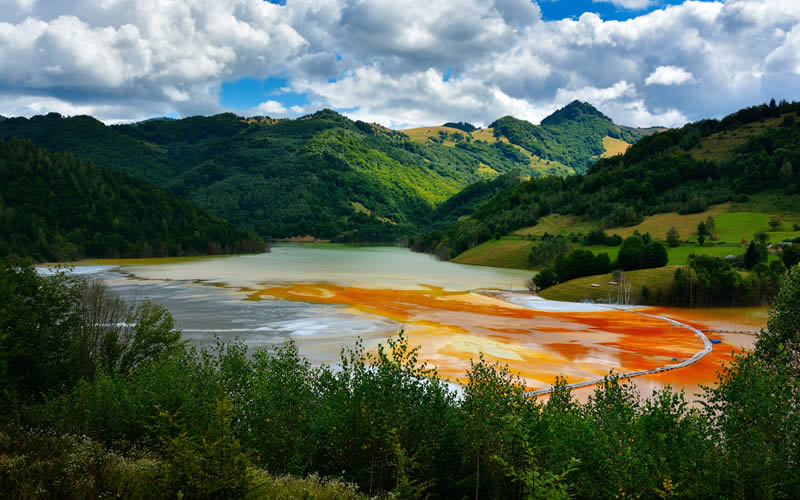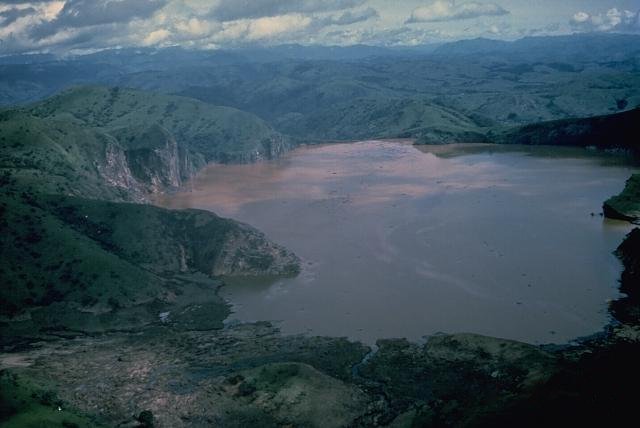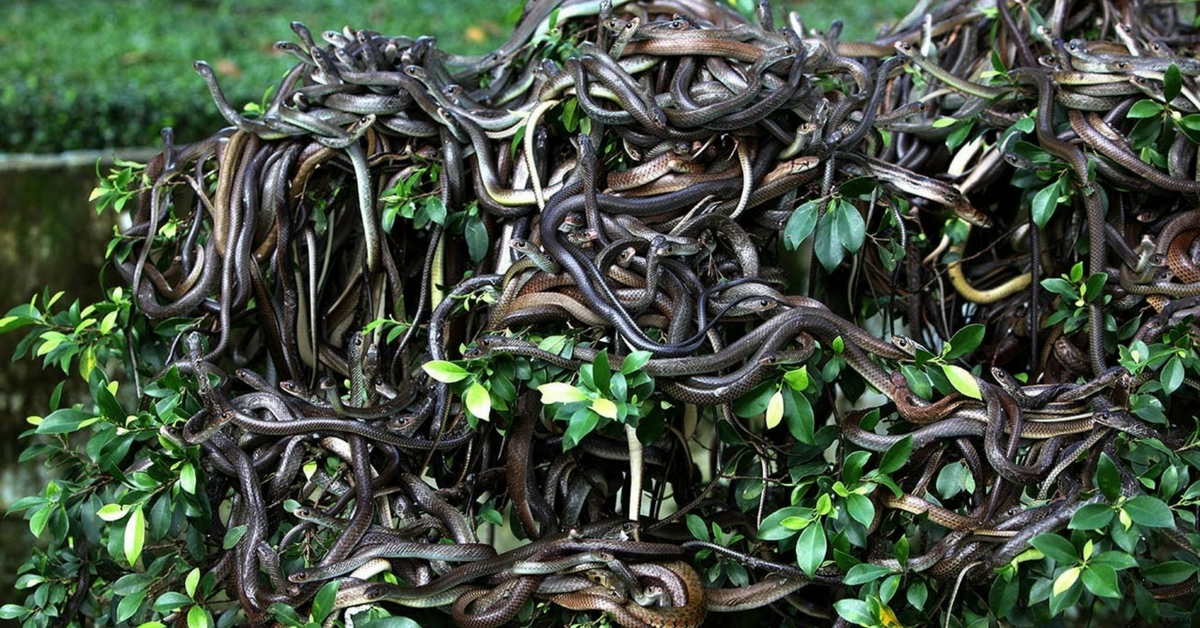There are just places in the world that you should never visit, either because of what man has managed to do to the area, or what mother nature (sometimes in tandem with man) has cooked up for us. Here are five places in the world you should never visit, and if you do decide to visit, do so at your own peril.
1. Lake Karachay - Russia
This Russian lake is so polluted that it is likely the most dangerous place on earth to have a picnic. Just standing next to this lake for an hour will hit you with a lethal dose of radiation poisoning. This is not a "naturally occurring" radiation issue, Lake Karachay is smack dab in the middle of the Mayak Production Association, one of Russia's largest nuclear facilities, and it leaks like nobody's business.
The Mayak facility was a complete secret up until 1990, and because it was a shadow facility, the people in charge decided that it would dump truck loads of nuclear waste into the river system on the regular. And they also had regular meltdowns that would dump nuclear radiation into the surrounding ecosystem.

2. Lake Nyos - Cameroon

On the surface, Lake Nyos looks like your everyday lake; calm, cool, and clean. But this deep lake located in Cameroon is a ticking time bomb waiting to go off. It sits on an inactive volcano and has a large pocket of lava below the bottom of the lake. Because of this it continually leaks small amounts of Carbon Dioxide into the water where it collects over time.
In 1986 a large landslide hit the surrounding area and it seemingly caused a huge plume of CO2 to be released quickly from below the water. This plume of gas ended up suffocating nearly 2000 people, and over 3000 livestock animals. It was the first large scale mass-asphyxiation caused by Mother Nature herself. Systems have been put in place since 2001 to ensure that this never happens again, but who knows?
3. Chernobyl Meltdown - Pripyat, Ukraine
Likely the most famous of all the man-made disasters in the world, the Chernobyl nuclear reactor near Pripyat, Ukraine suffered a catastrophic meltdown on April 26, 1986. It was an accident brought on by human error; turning off all of the safety systems to do a test... The accident ended up releasing plumes of nuclear fallout for upwards of nine days. The amount of radiation released during those nine days likely equaled the original amount released during the explosion that rocked the reactor itself.
The long-term issues surrounding the meltdown and still being assessed, but needless to say the area surrounding the facility (especially Pripyat, the city closest to the reactor) totally uninhabitable for humans. Though other animals, including mammals, have been able to flourish there without any type of human contact or interference.
4. Death Valley, USA
Whoever named Death Valley, got it right. Located on the west-coast of the United States, it sits along the border between California and Nevada. Furnace Creek (also perfectly named) holds the record for the highest ever recorded air temperature anywhere in the world, hitting a peak of 134 degrees Farenheit in 1913
No one lives there, no one CAN live there. Water is scarce, and without any water you wouldn't survive longer than 14 hours.
5. Iha da Queimada Grande (Aka. Snake Island) - Brazil
Often considered one of the most dangerous places on the entire globe, Snake Island is not inhabited by a single solitary human being. The only touch of humanity that you will find on the island is an automated lighthouse there to help steer ships clear of the rocky shore. It used to be run by a physical lighthouse keeper, but after he was killed by poisonous snakes they decided to set it up for automation. Why are there no other humans on the island? Well for good reason, researchers estimate that there are roughly five snakes per square meter on the island, predominantly the Golden Lancehead, a type of pit-viper native to Brazil. They grow up to a half-meter in length and are responsible for roughly 90% of all snake bite fatalities.
